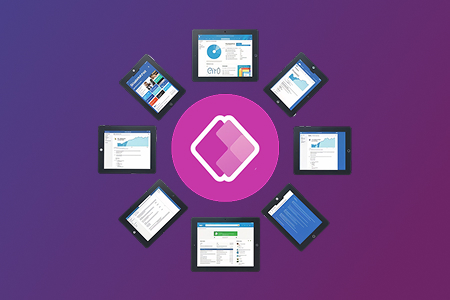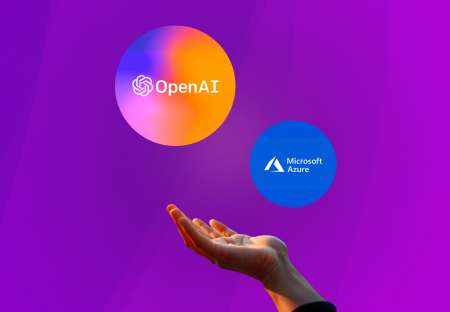A move to the cloud migration steps may set your business up for long-term success by improving its scalability, cost efficiency, and IT infrastructure performance. We must address several benefits of cloud migration. It provides increased safety, lowers the price of maintenance, and allows businesses more leeway to adapt quickly to changing conditions. One study found that just 25% of companies successfully met their cloud migration timelines. The shift from on-premises to cloud technology may be challenging, but there are steps you can take to minimize disruptions and maximize success.
But, you may get the opposite results if you need a clear strategy, particularly regarding the continuing expenses of migration. We’ve detailed the checklist of things to consider to be ready for smooth cloud migration. So here are the 5 steps to building a successful cloud migration steps.
Key Steps to a Successful Cloud Migration Strategy
Step 1: Appoint a Migration Manager
Like any other project, a cloud migration needs a single point of contact who can oversee the whole operation and ensure its smooth running. The selected employee acts as the head of the cloud center of excellence, taking charge of the company’s internal cloud migration.
Encourage involvement from department heads early on, and provide them with explanations for why their feedback was taken into account afterwards. If you don’t appoint a migration manager, your teams will work in silos. After the transition to the cloud has begun, this might be a stumbling block. As a result, the longer you go without a migration manager and continue to depend on the committee approach, the greater the effect on bandwidth and expenses.
Step 2: Have a strategy for account management
It would help if you did not keep your data in a single account. Thus it is essential to plan out your account structure, governance, and security on a high level. A unified strategy must govern the building’s users, applications, resources, and workloads. Establish key performance indicators (KPIs) for the cloud migration.
We will set essential metrics for the transfer, such as latency and availability, in advance. You must also consider the end user and how they interact with the data or app. Migrating to the cloud isn’t something you should do with the expectation that you’ll be better off than with your current setup. It’s probable, but realizing the full potential of cloud migration requires careful preparation and the establishment of transparent key performance indicators.
Step 3: Establish a Cloud Migration Plan, Identify Dependencies, and Consider User Impact
There are some scenarios in which each of these cloud migration methods shines. Don’t settle with lift-and-shift just because it’s the quickest option. It’s important to know what you’re transferring and why you’re moving it before making any cloud migrations. If you want to ensure that your current processes aren’t disrupted while driving to the cloud, drawing a diagram of the connections between your apps and those who interact with them is essential. It is important to document all dependencies, access protocols, and related data sources to ensure a smooth transition to the cloud.
Consider the users and how the transfer will affect them. Doing this step will aid decision-makers in weighing the benefits and costs associated with the migration option. To make intelligent choices, learning about current processes and how apps are delivered to consumers is essential.
Step 4: Choose a Cloud Computing Provider
To which cloud would you recommend migrating your current workload? Whether you develop the infrastructure yourself or contract it out to a third party, your company will exclusively use the private cloud. A private cloud may provide you with the most critical privacy and flexibility regarding security, depending on the level of importance attached to the data you’re handling.
If you want to be sure your cloud service provider is reliable, you may ask for a proof of concept. It’s a great way to try out the cloud services before committing to move everything there. The effort would only be for something if your proof of concept was presented correctly.
Step 5: Calculate Your Realistic Cloud Migration Price
If it wants to keep its head in the cloud, it has to calculate the entire cost of cloud migration and upkeep. Cloud migration costs are based on several different criteria. Expenses will increase proportionally with the number of systems and data to be migrated or the complexity of the migration approach used.
It is essential to consider the continuing licensing expenses for the provided solutions and the initial migration expenditures. The total cost of ownership may also be affected by the team’s function and the logistics around that position.
Conclusion
Migrating to the cloud is a massive endeavor, but it can be broken down into manageable chunks with careful preparation. Consider involving Metaorange’s internal team and communicating your requirements, whether you work alone or with a cloud migration partner. This simplifies your platform and strategy choices, making cloud management easier in the long and short term.
Learn More – Cloud Transformation Services of Metaorange Digital











